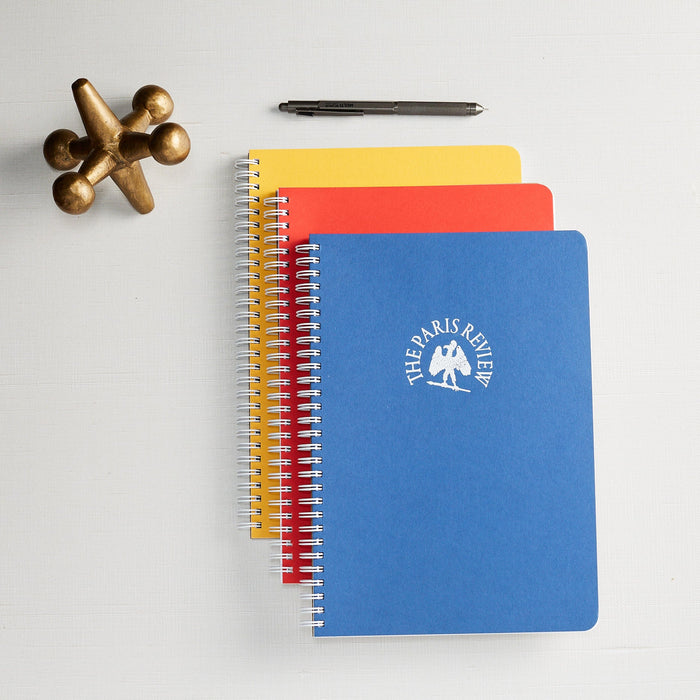A creative rut sounds like a formidable opponent, especially if you feel crushed under stress or like your original ideas have all withered or blown away. While it might seem like the blockage could go on forever, feeling stuck is part of the process. Make dry periods temporary with a few tricks to grab yourself by the hand and pull yourself out of the hole.
Stop Trying So Hard
The quickest way to lose creativity is trying to hold onto it too hard; eventually, you’ll get bogged down with stress or wondering why you can’t complete new work at the speed of a colleague or friend. Creativity also requires free-thinking, so staying hyper-focused on one idea and trying to make it work might mean that you’re ignoring other possibilities from entering your head. Entrepreneur and author Peter Gasca calls this idea “diffuse thinking,” or allowing your mind to wander freely rather than focusing on productivity.
Explore Something New
If you’re in a creative rut, what makes you think that maintaining the same routine is at all conducive to ingenuity? Break out of your cycle, even if it’s just one part of the day. Redecorate your office space – or even better, go to a park or museum to change your scenery. Take a slightly different route to the office or listen to a different radio station on the way. Grab your weekly planner and schedule creative planning sessions with your colleagues, especially if you find you’re more inspired when working with others. If you prefer to work alone, always have your meeting notebook on hand to jot down ideas as they come.
Let It Flow
Notebooks are creativity’s best friend. Filled with white space for your ideas, there’s little there to inhibit you. Set a timer and write whatever comes into your brain. If you’re having trouble coming up with ideas, make an obscenely long list of ideas; with 50, 100, or even 200 items in that list, there’s bound to be something you can use as a jumping-off point. You might’ve put something on the list you judged as being dumb or not worthy of your time that does spark a valuable idea.
Practice Mindfulness and Patience
Your productivity brain is probably disappointed that you’re not coming up with ideas fast enough. You have to ask yourself if maybe you’re not in a creative rut, but you’re just a tad impatient. Don’t let your desire to get something done ruin time spent mind-wandering and wondering. If you take time to let yourself be bored, you’re not receiving input from entertainment or worrying about efficiency, so you have room for output. Stay in the moment and don’t let yourself get distracted by a perceived lack of progress.
Impose Rules So You Can Break Them -- Or Don't
Sometimes having too many options overwhelms and hinders creativity. Try the exercise of limiting yourself, so it forces you to think outside the box. If you’re a musician, write a lick with only two notes. If you’re a visual artist, try using one color or medium. Challenge yourself to try a new style and use only the common components of that approach. Make a list of rules and follow them; come back to these rules later and decide which ones make sense and which ones you can break. This trick helps you understand why you want to do something a certain way.
Make "Disposable" Art
All too often, you want a project to be “perfect” – you are so focused on not making “mistakes” that you disallow thinking outside the box. Creativity is something that grows, so if you’re focused on editing yourself, you’re pruning the plant too much before it has a chance to flourish. Artist Phil Hansen dropped out of art school after developing a tremor in his hand; a couple of years later, he realized he didn’t need to draw straight lines to make art, and he didn’t need to be afraid of work being imperfect. His project “Goodbye Art” even involved a series of pieces that he destroyed upon completion. His story shows you don’t need to get attached to one idea, and you don’t need to know the result to get started. It would be best if you first started with innovation, where all possibilities are considered before you get to evaluation and editing.
It’s up to you to pull yourself out of a creative rut, so try a new strategy to see what can give you that boost. Grab a notebook and start jotting down ideas, and maybe you’ll discover that the rut is now a former opponent.




Leave a comment